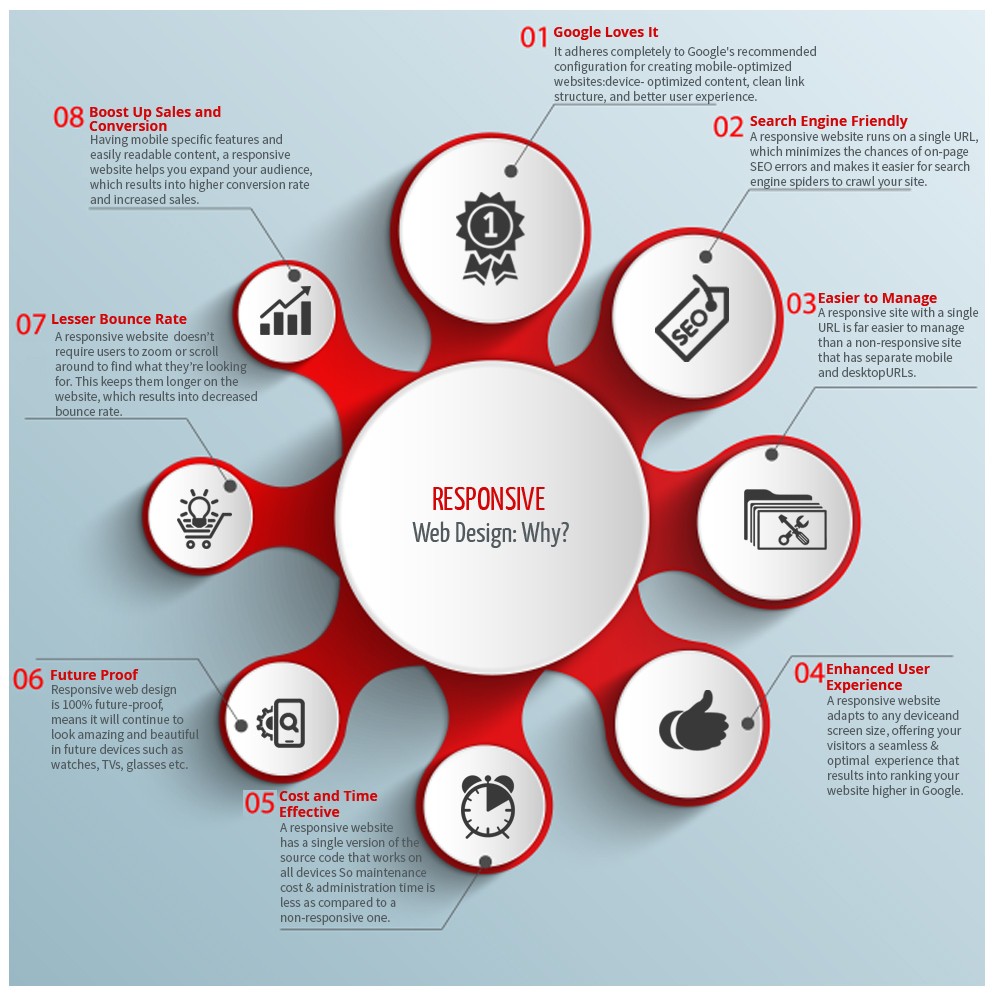Learn How To Improve The Layout Of Your Internet Site By Recognizing The Essential Typography Guidelines That Will Certainly Help You Develop An Engaging On-Line Picture
Learn How To Improve The Layout Of Your Internet Site By Recognizing The Essential Typography Guidelines That Will Certainly Help You Develop An Engaging On-Line Picture
Blog Article
Content By-Finch Flood
Enhance your web design by selecting easy-to-read typefaces and suitable sizes. Select clear sans-serif or serif font styles for better readability. Stay with 2-3 typefaces for uniformity. Prevent little dimensions that stress the eyes. Prioritize simpleness over intricacy. These ideas will aid you develop a visually attractive and appealing web site effortlessly.
https://www.searchenginejournal.com/news-seo-expert-tips/424871/ plays an essential function in web design, and it is necessary to know the very best practices for using typefaces effectively.
DO:
* Select font styles that are simple to read and regular throughout the site.
* Usage headings and subheadings to develop aesthetic hierarchy and improve readability.
* Use typeface sizes and line spacing to develop a clear and organized design.
* Experiment with different font mixes to create an one-of-a-kind and aesthetically attractive layout.
DON'T:
* Use way too many various fonts, as this can develop visual mess and make the site look unprofessional.
* Usage typefaces that are too luxuriant or difficult to read, as this can make the web content difficult to comprehend.
* Use font dimensions that are too small or too huge, as this can make the content illegible or visually overwhelming.
* disregard to check the internet site's typography throughout different gadgets and screen sizes, as this can impact the layout and readability of the web content.
Value of Typography in Website Design
Typography plays a crucial role in web design by enhancing readability, aesthetic appeal, and general user experience. When used effectively, typography can communicate the tone and message of your web content, making it much easier for customers to involve with your web site. Selecting the ideal font styles, sizes, spacing, and colors can substantially affect just how site visitors regard and connect with your site.
The readability of your web site is directly linked to the typography selections you make. Choosing legible typefaces and appropriate typeface dimensions guarantees that customers can easily eat the information on your pages without straining their eyes. Furthermore, appropriate spacing between lines and paragraphs can improve understanding and overview users with the content seamlessly.
In addition, typography contributes to the visual charm of your web site. By producing an unified mix of font styles and colors, you can develop a natural design that astounds individuals. Regular typography across various sections of your website additionally aids in preserving an expert and sleek look, enhancing the overall user experience.
Dos of Typography
To boost the readability and aesthetic appeal of your website, make certain that you choose typefaces that are very easy to review and appropriately sized. Select fonts that are clear and readable, such as sans-serif or serif font styles, which are generally utilized for body message. Sans-serif fonts like Arial or Helvetica function well for digital screens, providing a modern-day and tidy appearance. On the other hand, serif fonts like Times New Roman or Georgia can include a touch of style and custom to your website.
Another vital facet to take into consideration is font sizing. Make certain your text is large enough to be read comfortably without stressing the eyes. Select a font size of at least 16px for body message to make certain readability. Additionally, make use of various font style dimensions to develop a visual hierarchy on your web site. Headings and subheadings ought to be bigger and bolder than the body message, leading the viewers via the content easily.
Donts of Typography
Stay away from making use of an excessive range of fonts in your web design to maintain uniformity and readability for your audience. When it comes to typography, less is often more.
Below are some crucial 'Do n'ts' to keep in mind:
1. ** Stay clear of making use of a lot of different typefaces **: Limit yourself to 2-3 typefaces for your whole site. Using https://www.google.com/maps/place/Moon+and+Owl+Marketing/@32.9757271,-106.5344695,1840583m/data=!3m1!1e3!4m6!3m5!1s0x864ddeaa4179705b:0x488d41d2cc6b9750!8m2!3d32.9757271!4d-97.5696258!16s%2Fg%2F11b6mpccrg?entry=ttu&g_ep=EgoyMDI1MDIxMS4wIKXMDSoJLDEwMjExNDUzSAFQAw%3D%3D can make your style appearance chaotic and amateur.
2. ** Do not use typefaces that are illegible **: Fancy or extremely ornamental typefaces might look attractive, yet if they compromise readability, they aren't worth it. Stay with typefaces that are easy on the eyes.
3. ** Steer clear of using small typeface sizes **: Little message might seem sleek, but if it's too tiny, it can strain your site visitors' eyes. Ensure your text is large sufficient to read pleasantly on all devices.
Conclusion
So, bear in mind, when it pertains to typography in web design,
do select fonts sensibly, maintain it easy, and prioritize readability.
Yet don't go overboard with too many font designs, dimensions, or colors.
After all, the trick to wonderful design is typically located in the simpleness of typography.
So, following time you're dealing with an internet site, remember that occasionally less is a lot more - also when it pertains to fonts.
